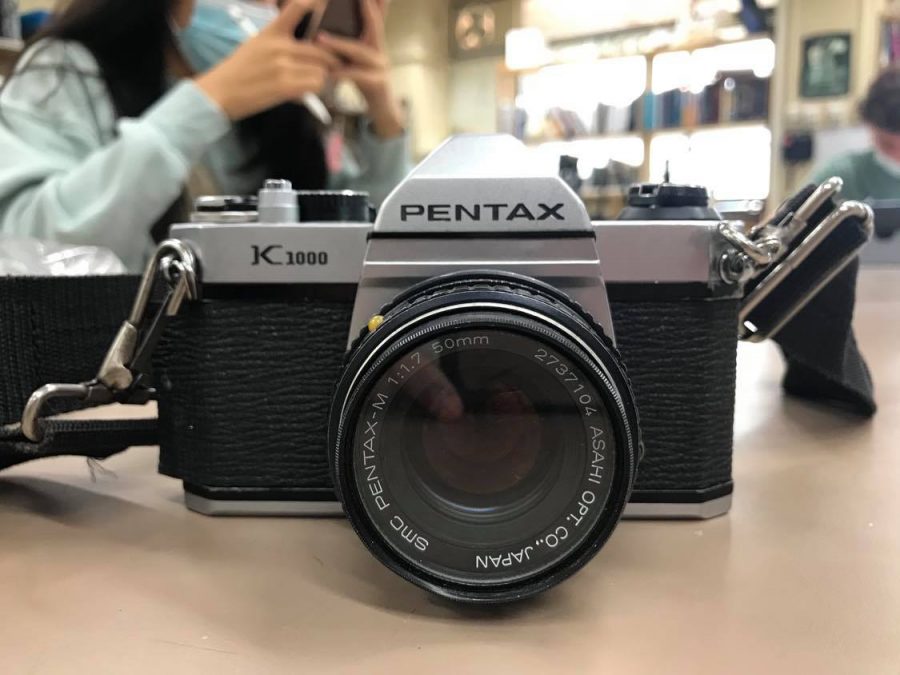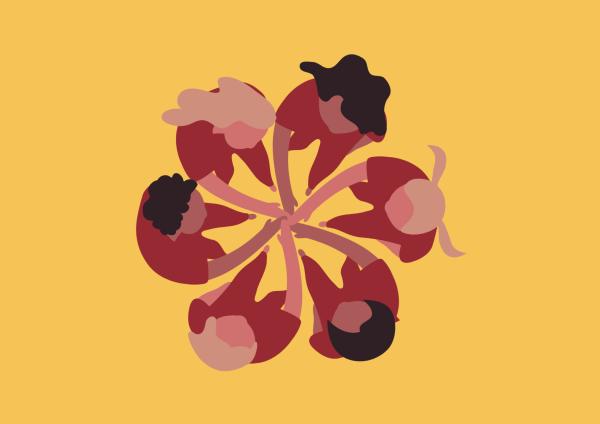Why every photographer should learn how non-digital film photography works
Have you ever wondered why digital cameras have features such as aperture, shutter speed, and ISO speed? Film cameras are similar to the digital cameras we have today, except they require physical film to be developed, and the process of manually changing aperture as well as shutter speed on the camera requires an elaborate process in between photos.
While this process may seem repetitive and unnecessary, the skill of adjusting the film camera to adapt to different light settings, apertures or shutter speeds allows photographers to better understand the basics of photography, thereby elevating the quality of their art, whether in the digital or traditional film medium.
When amateur photographers first start taking photos, they usually use the preset automatic setting on a digital camera and overlook the fact that photography is much more than just a few clicks on a camera. Photography involves the understanding of how the sensitivity to light (ISO speed), shutter speed, aperture and lighting differs from frame to frame.
In addition, film photography involves a component called emulsions. The film a photographer uses to shoot not only affects the ISO, but also the color rendition, which involves the grey tone rendition (if the photographer is shooting with black and white films), as well as grain, contrast, black and white balance. In my opinion, the only way for a photographer to truly visualize specific emulsions for each photograph is to have hands-on experience with non-digital film.
As a visual arts student at TAS, I have been constantly refining my skills in film photography, and one of my biggest takeaways is that the process entails significant trial-and-errors. When I first started taking film photos and later started developing them, I realized that there was never a perfect shot. Each frame turned out to look blurry, discolored or incorrectly framed.
From my experience with film, I realized photography is a constant experiment with lighting and symmetry. A photographer would never be able to learn how to take the perfect photo by simply learning the technical aspects. A photographer gains more knowledge on how to improve through taking thousands of photos and learning from each error that might have been made. Personally, I believe a photographer will never go through a process of “linear growth or improvement,” one has to make mistakes to learn more and build off of past experiences.


![A myriad of impressive trophies and awards. [ANNABELLE HSU/THE BLUE & GOLD]](https://blueandgoldonline.org/wp-content/uploads/2025/09/Awards2-600x256.jpeg)
![Students' calendars say goodbye to exam week. [ANNABELLE HSU/THE BLUE & GOLD]](https://blueandgoldonline.org/wp-content/uploads/2025/09/Exam-week-600x370.jpg)
![A collection of college flags. [PHOTO COURTESY OF AMBER HU ('27)]](https://blueandgoldonline.org/wp-content/uploads/2025/05/IMG_5029-600x289.jpeg)

![An SAT word cloud. [PHOTO COURTESY OF WORDCLOUDS]](https://blueandgoldonline.org/wp-content/uploads/2025/05/SAT-600x600.jpeg)